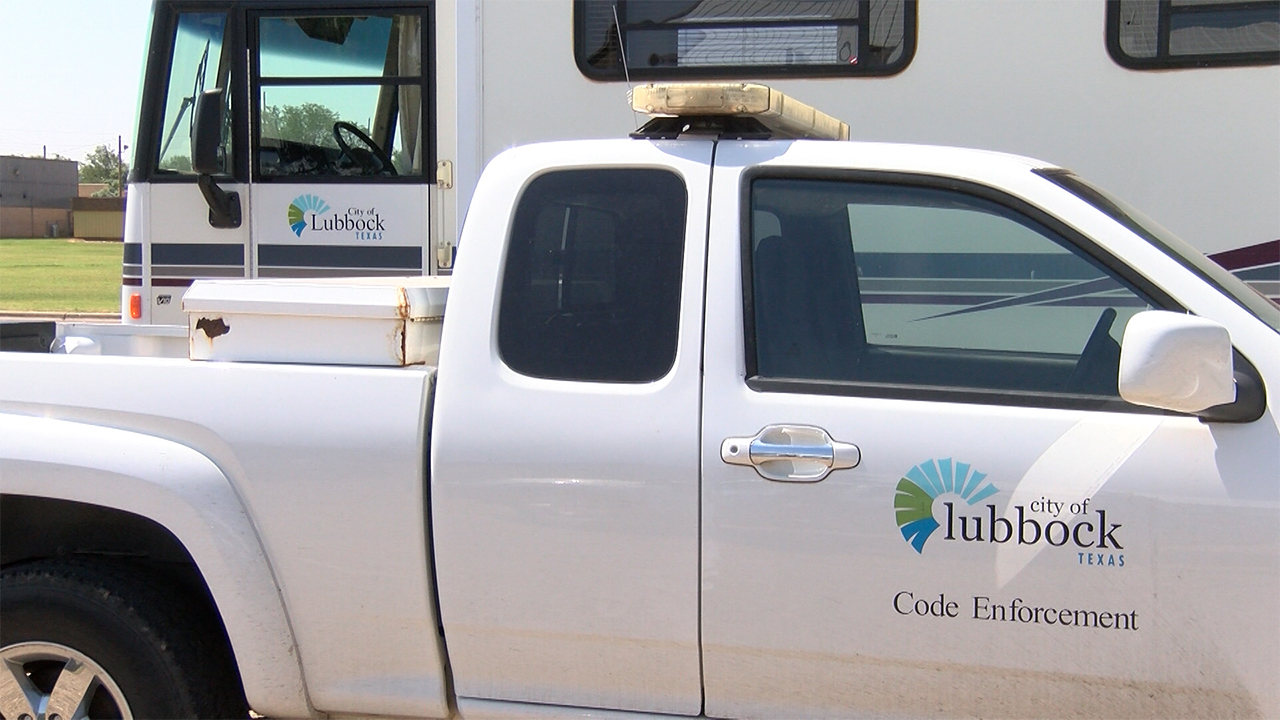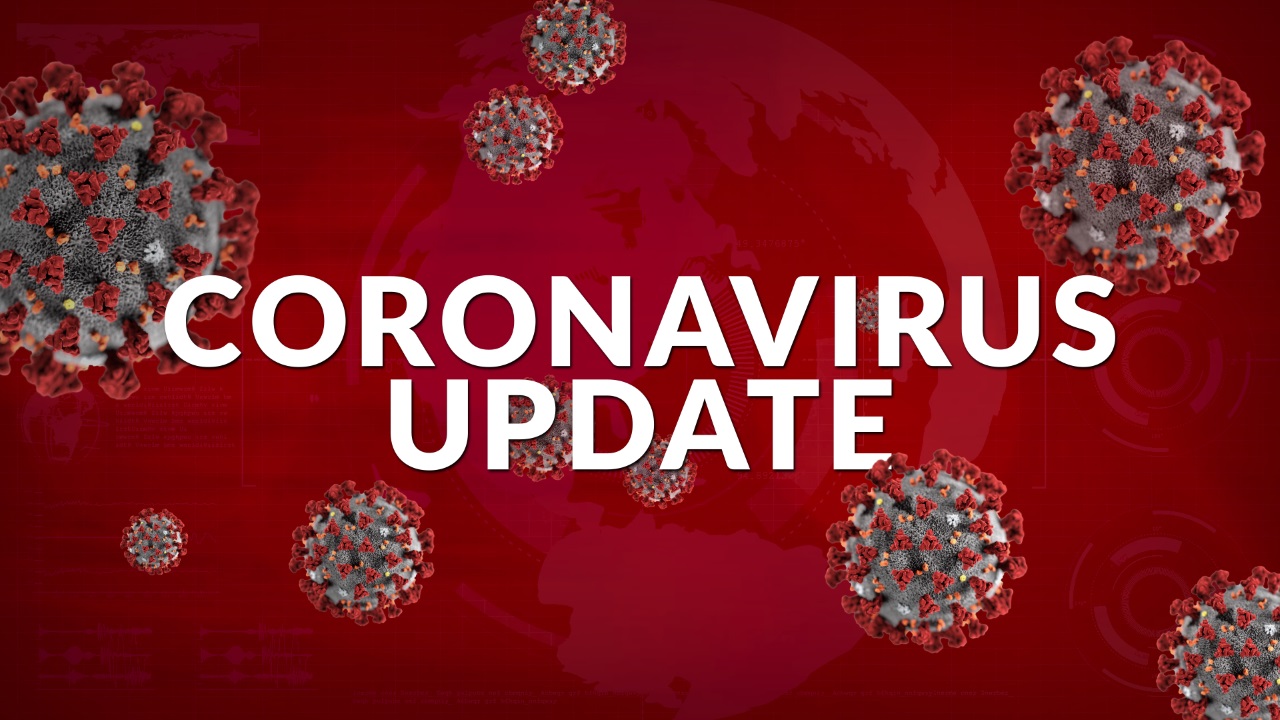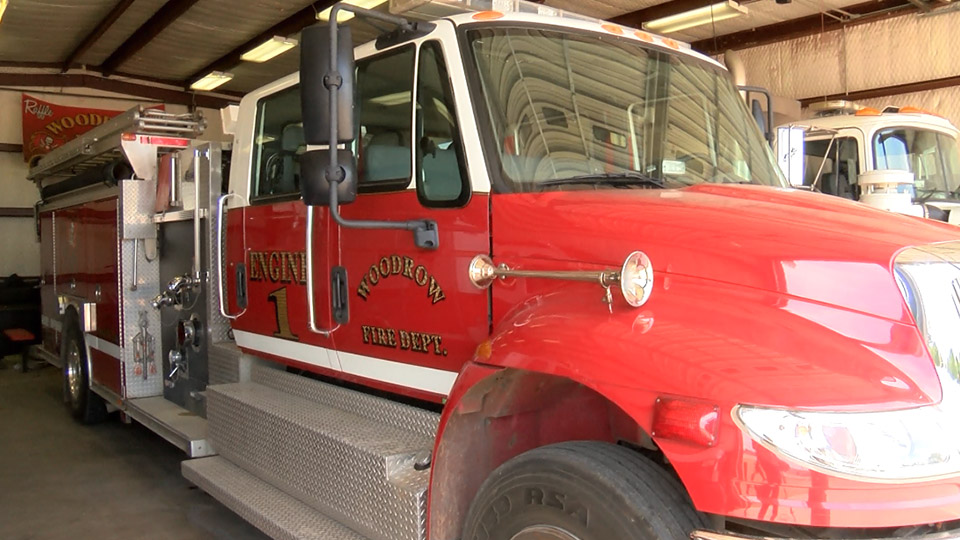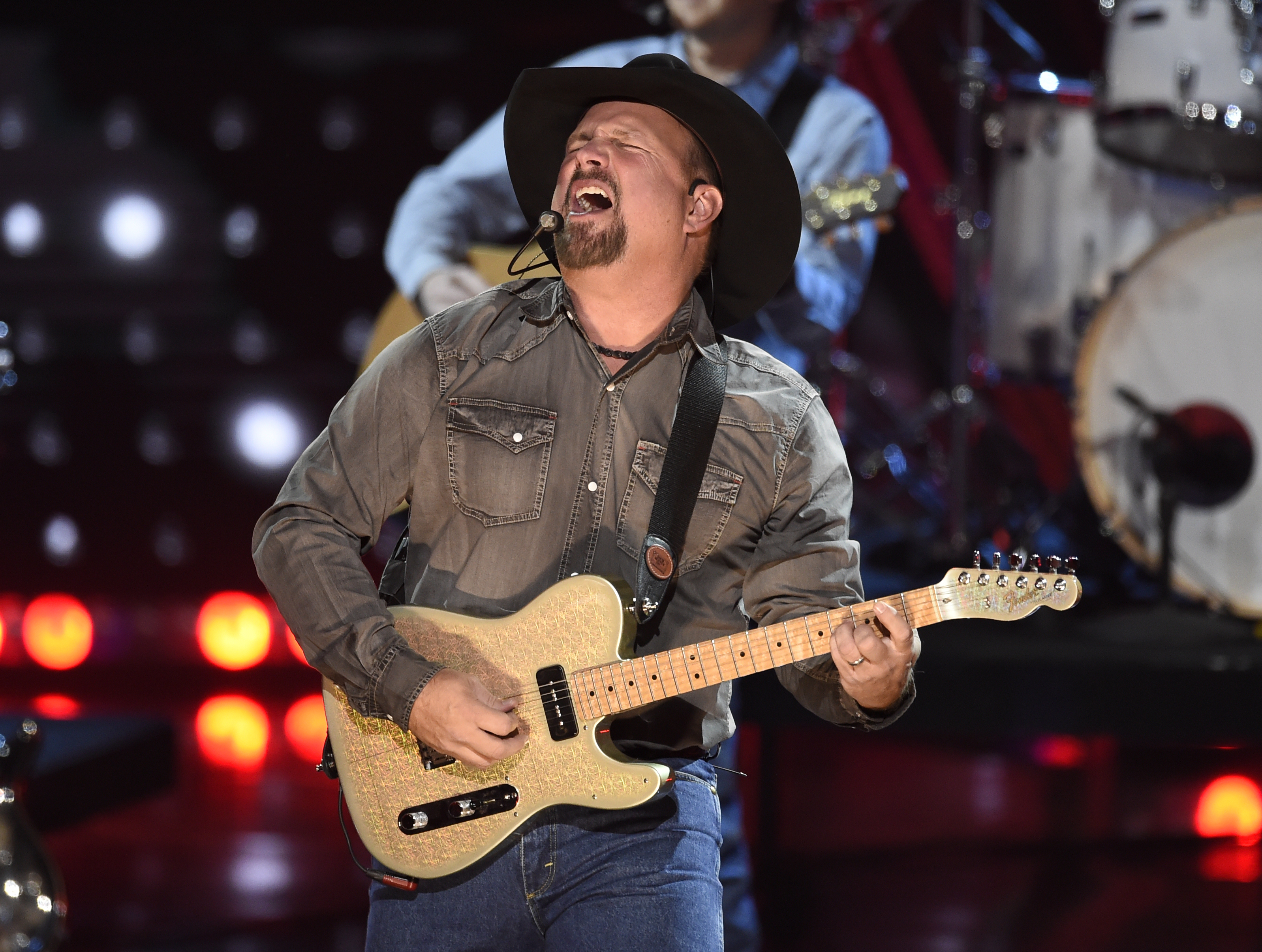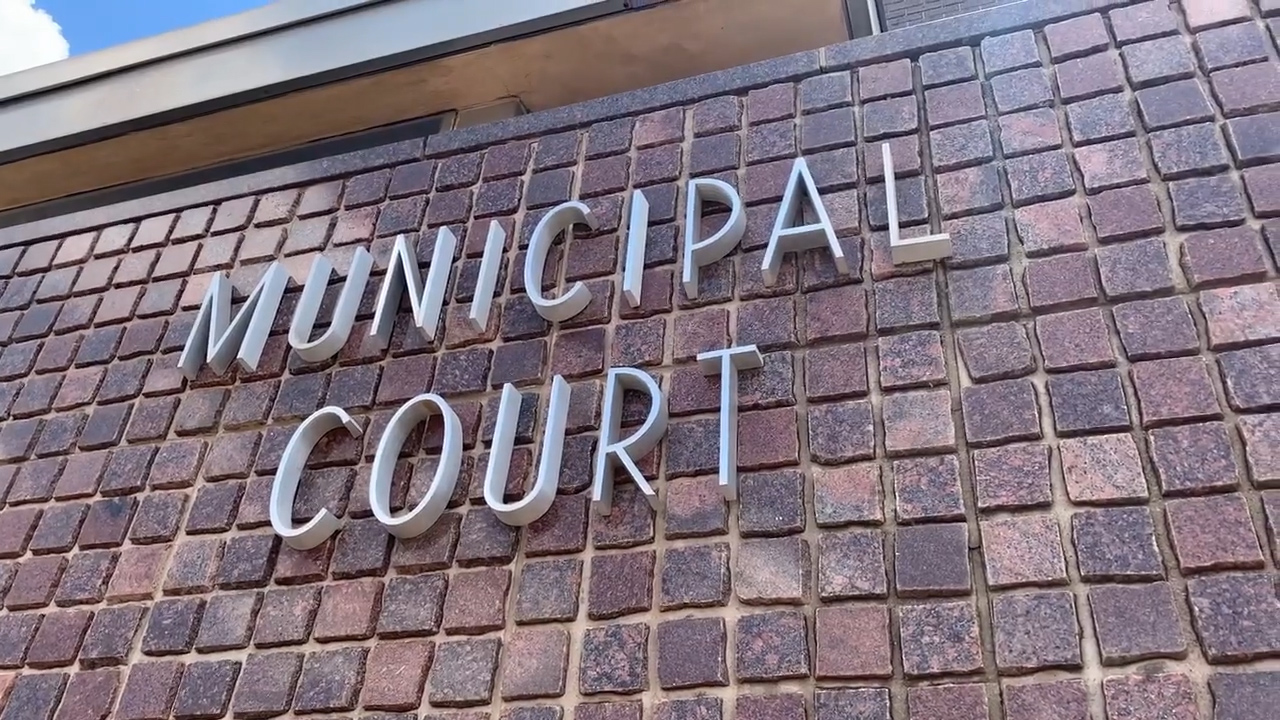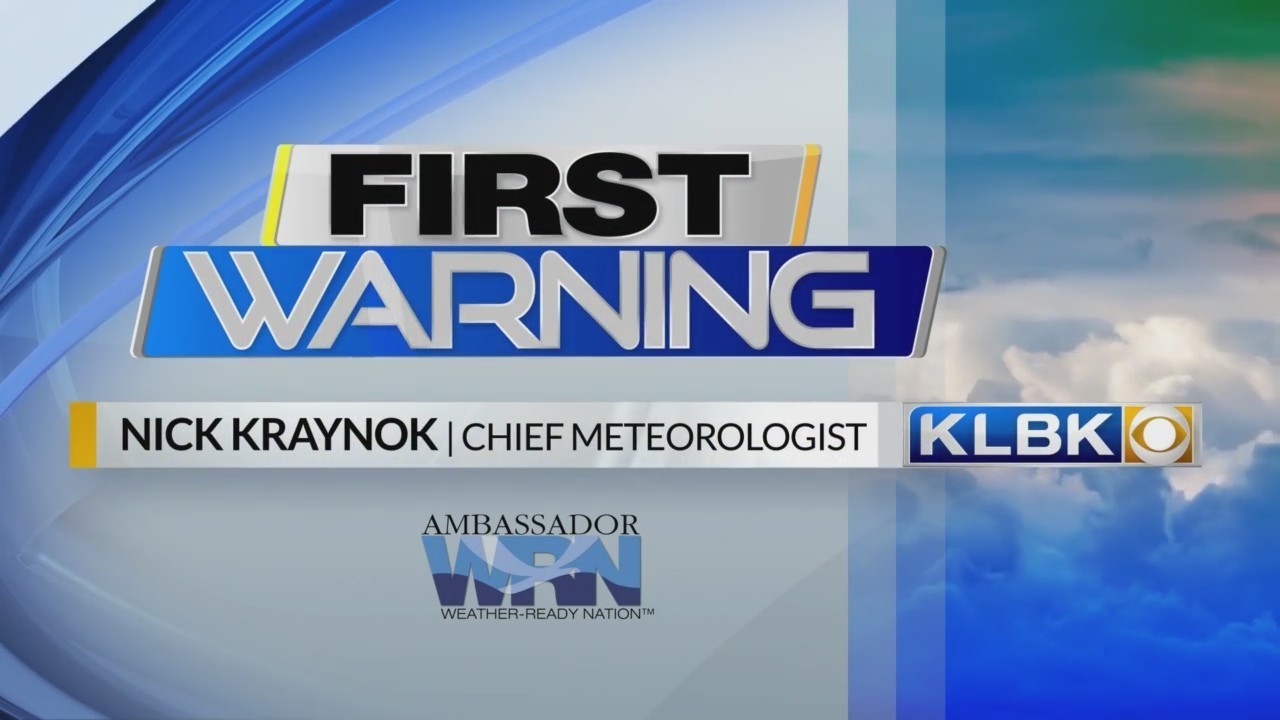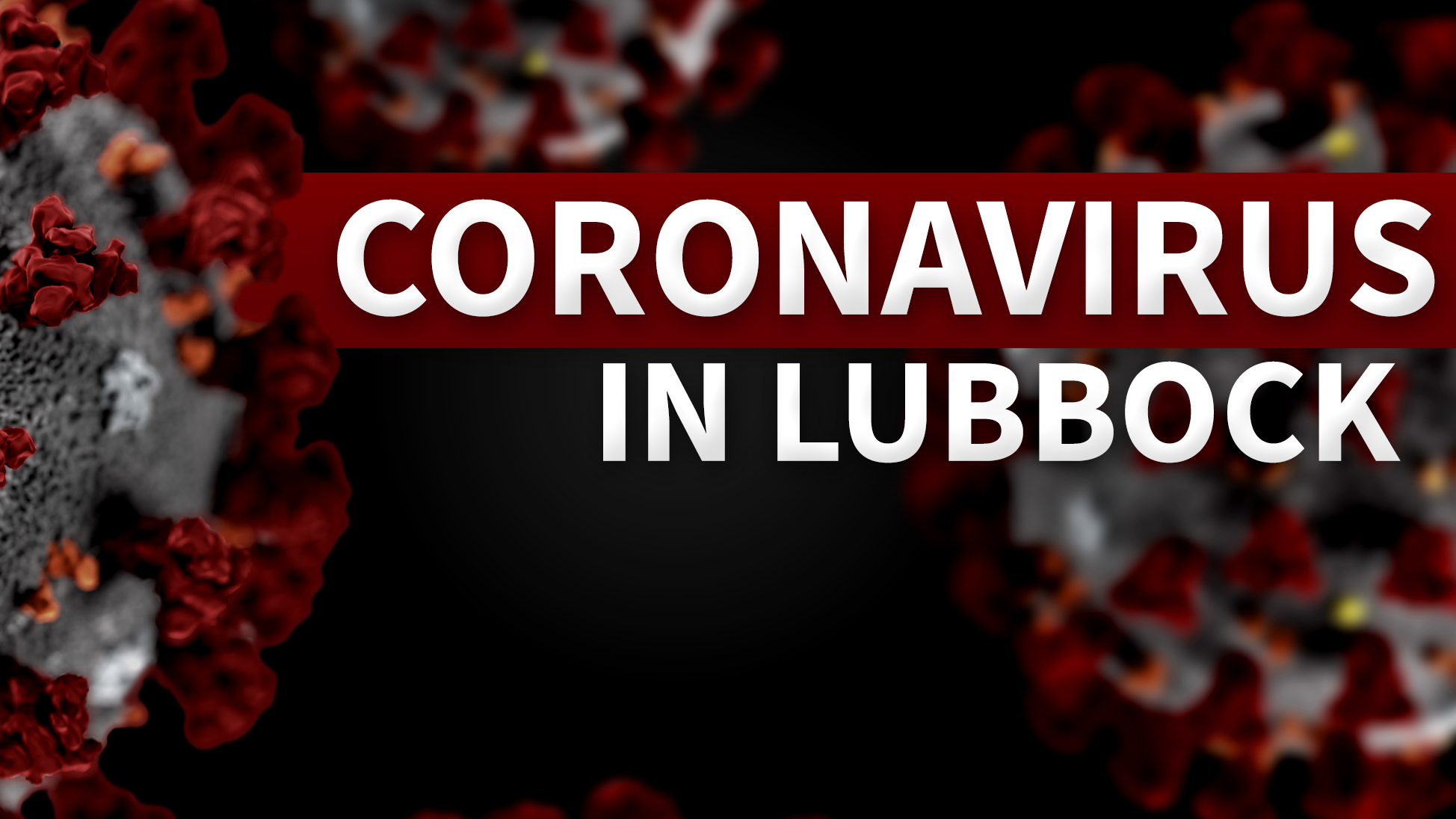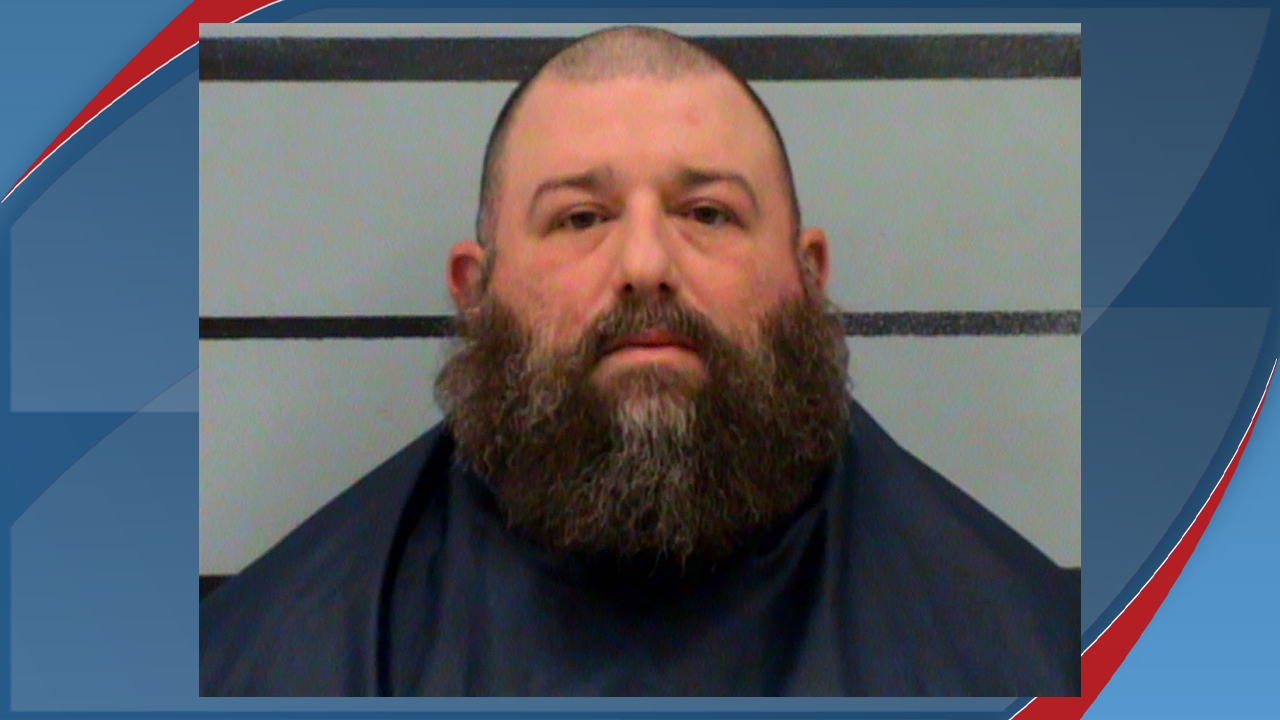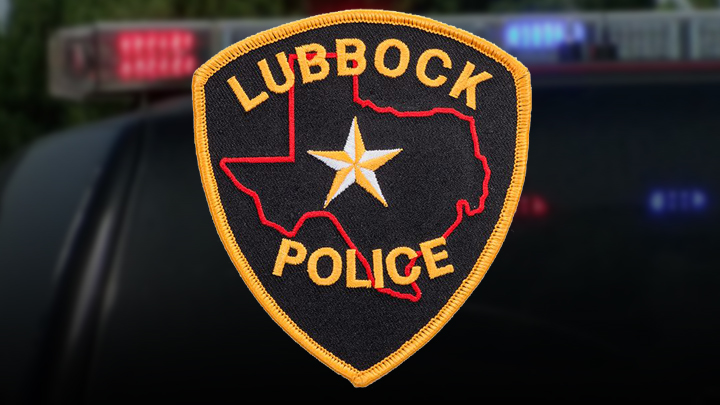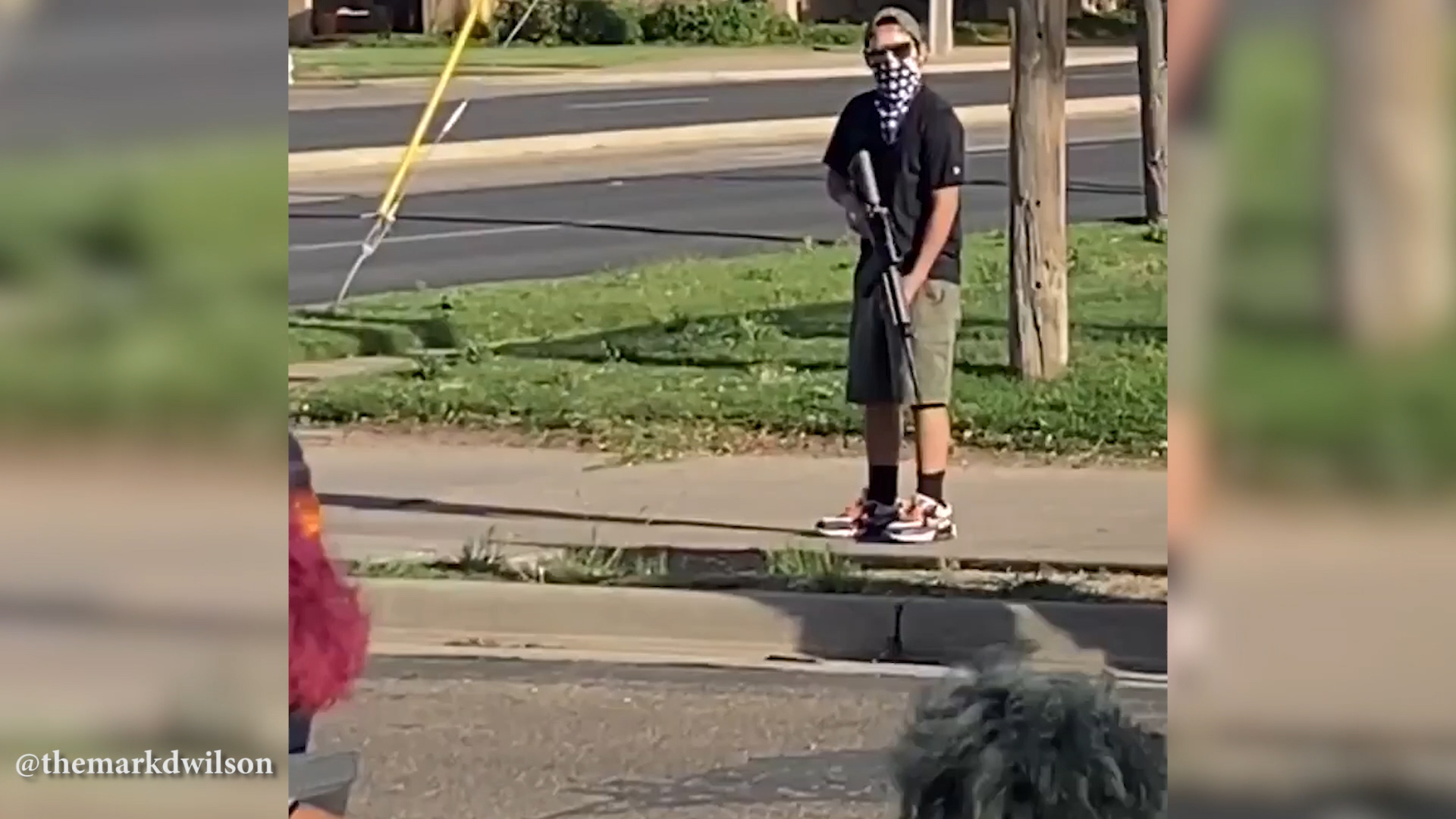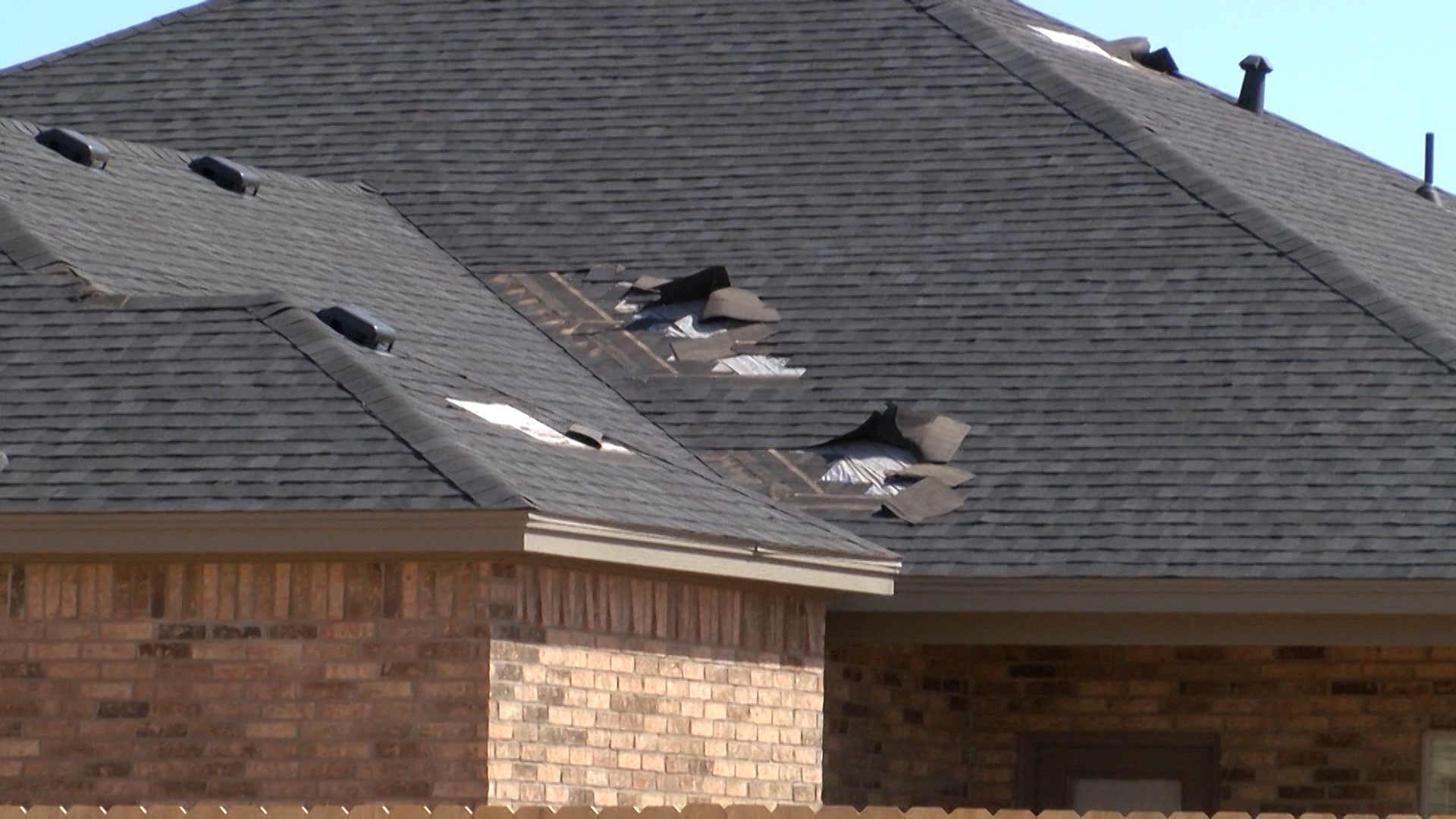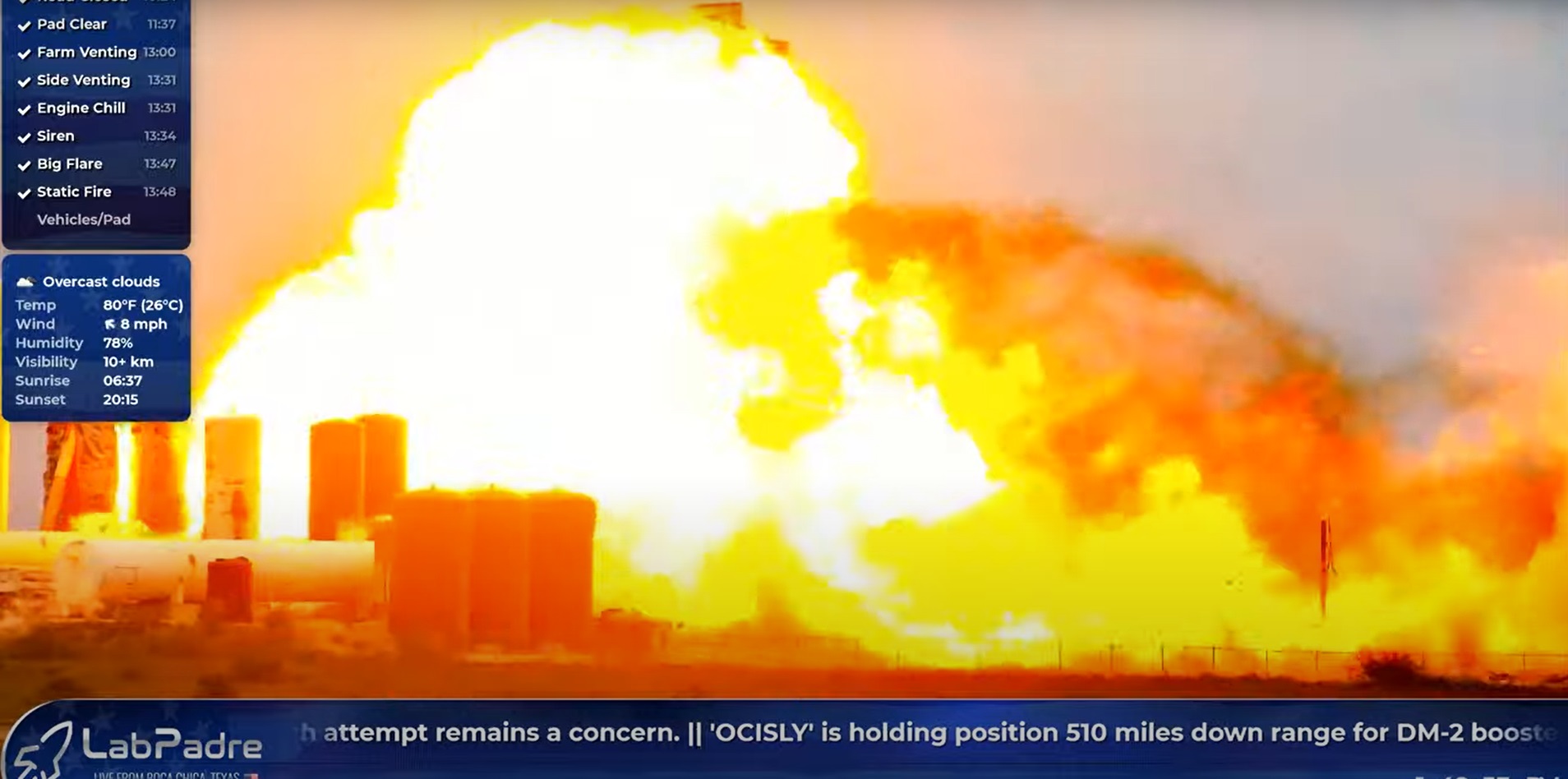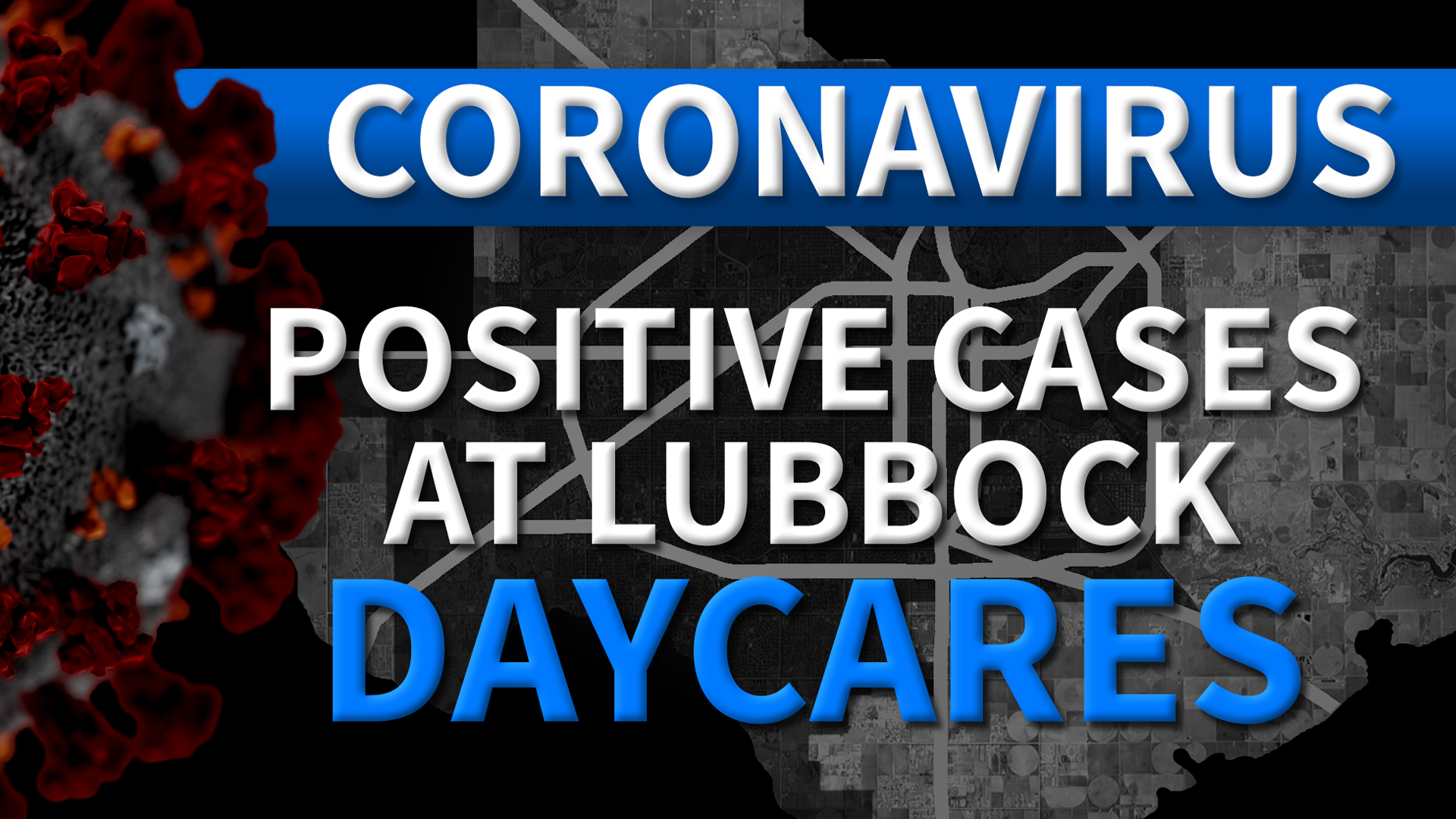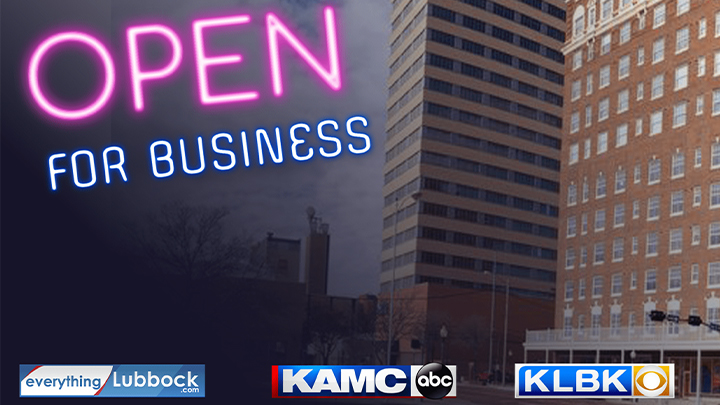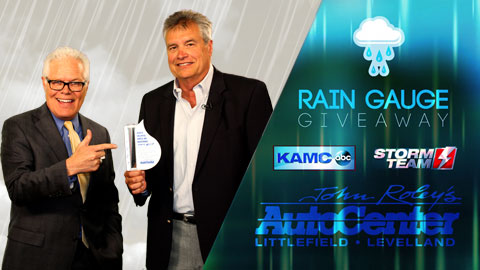It was 50 years ago the first 911 emergency phone call was made in the United States. 911 dispatchers monitor these phone lines 24/7, constantly answering to emergencies to make sure the public is safe.
“We’ve heard some crazy things go on. If it’s on the news, we’ve heard it,” said Lillie Hearn, LPD public safety dispatcher.
Hearn has been a 911 dispatcher for decades, so you can say she’s heard it all.
“We try to look at everybody’s problems as a problem. To them, it’s an emergency. We try to look at it as an emergency. Even though it may not seem as the biggest emergency, in their eyes, it is an emergency,” said Hearn.
A lot has changed over the years, with things like new technology making it a lot easier to locate the person calling.
“You never know what you’re going to get when you’re answering the phone, so you have to quickly adjust to whatever kind of call it is because you just never know,” said Melissa Orosco, LPD communications director.
“We try to go through all measures before. Hopefully we can find them. Majority of the time, we do find them,” said Hearn.
Dispatchers received more than 30,000 calls a month, and it takes them 30 seconds to connect with you. The challenge is not knowing what happens next.
“No closure. We don’t have any closure. We get the initial calls. We’re the first first-responders. Of course, we get the initial call, but we may not know how anything ends. Police officers, EMTs, firefighters, they actually go the scene. They get to see what happens. We don’t,” said Orosco.
You can even reach these dispatchers by texting 911 with an emergency, but dispatchers said the most effective way to tell them your emergency is to give them a call. So, remember to tell them your location, first and foremost, and describe what’s going on.










